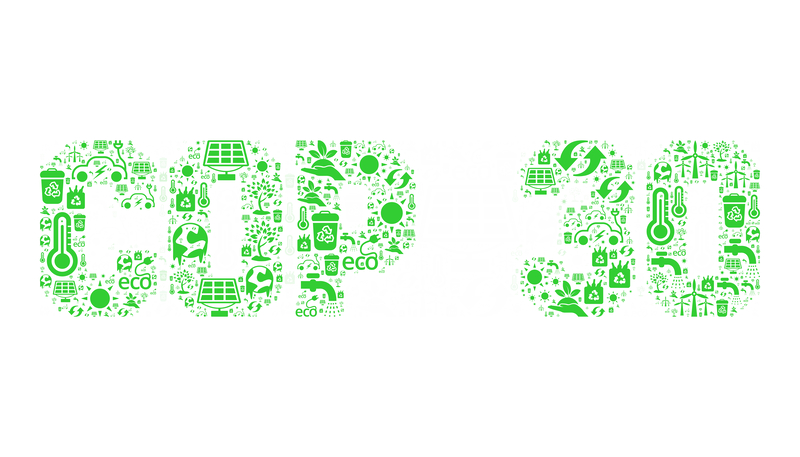

Here are a few facts on Earth Summit 2002:
- It was the largest UN conference to date, with over 100 heads of state and 40,000 delegates attending.
- It covered everything from measures to cut poverty, improve sanitation, improve ecosystems, reduce pollution, and improve energy supply for poor people.
- It fell exactly 10 years after the Earth Summit in Rio de Janeiro which focused world governments on environmental issues for the first time.
- Two weeks of preparatory meetings took place in Bali, Indonesia to reach agreements on the key plans that could be realistically met.
- Kofi Annan, the UN Secretary General, put water, energy, health, agriculture and biodiversity at the top of his list of commitments from the summit.
- South Africa, the host of Earth Summit 2002, planned to provide clean water to all South Africans by 2008, having already created access for 7 million of the poorest people since 1994. However, in 2008 approximately 5 million people in South Africa were still without access to water and 15 million had no access to basic sanitation.
- The European Union (EU), which currently spends 1.4 billion euros (£880 million) on water projects worldwide each year, planned to focus particularly on water supply and sanitation in Africa, boosting management of water resources and providing better coordination of water-related development aid. According to a 2014 report of the African
Working Group of the European Union, following on from 2002, many European states and African countries now have specific sanitation or overarching policies related to sanitation.
Table of Contents
Our Supporters



.png)




















.png)













































small.original.avif)

_(1).original.avif)





